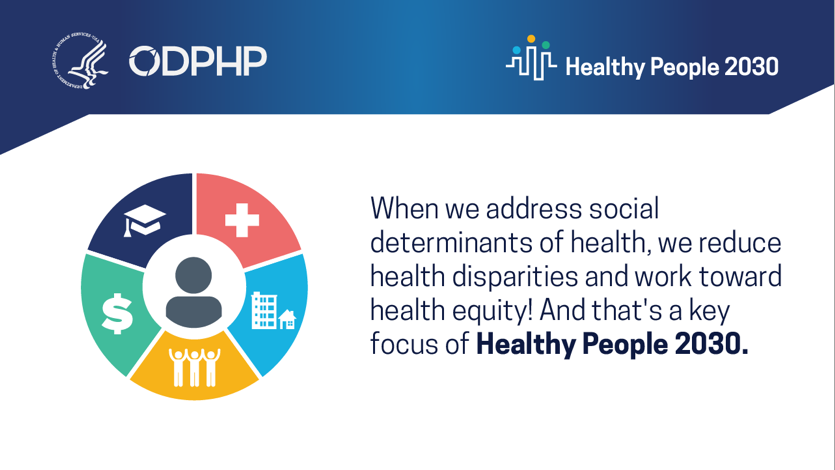What are Health Disparities?
Health disparities are the unequal distribution of the incidence, prevalence, mortality and burden of disease or adverse health conditions, that arise from the social conditions in which people are born, grow, live, work and age1,2. According to Healthy People 2020, health disparities reflect “a particular type of health difference that is closely linked with social, economic, and/or environmental disadvantage. Health disparities adversely affect groups of people who have systematically experienced greater obstacles to health based on their racial or ethnic group; religion; socioeconomic status; gender; age; mental health; cognitive, sensory, or physical disability; sexual orientation or gender identity; geographic location; or other characteristics historically linked to discrimination or exclusion.”
Health disparities deserve particular attention not only because they are avoidable, but because they are unfair and unjust2.
Health Disparities in Alabama
-
In Alabama, the average life expectancy at birth is 75.4 years, over 3 years less than the national average (78.9). Alabama ranks 49th in life expectancy and 48th in healthy life expectancy in the United States.3
-
The rate of preterm birth in Alabama is highest for Black infants (21.7 percent), followed by Native American infants (18.8 percent), Hispanic infants (14.6 percent), White infants (14.5 percent), and Asian infants (13.1 percent).4
-
24% of Alabama children live in poverty with substantial variation by county, ranging from 9% to 68%. In Lee County, where Auburn University is located, 19% of children live in poverty. In neighboring Macon county, 40% of children live in poverty.5
-
47 of the 50 Alabama counties with the highest accident mortality rates, including the 32 highest rates, are rural counties.6
Healthy People
Through the Office of Disease Prevention and Health Promotion, the Healthy People initiative sets goals and measurable objectives to improve health and well-being in the United States. For the past 3 decades, at least one of Healthy People’s overarching goals has focused on disparities. In Healthy People 2000, it was to reduce health disparities among Americans. In Healthy People 2010, it was to eliminate, not just reduce, health disparities. In Healthy People 2020, it was expanded to achieve health equity, eliminate disparities, and improve the health of all groups. In Healthy People 2030, it is to eliminate health disparities, achieve health equity, and attain health literacy to improve the health and well-being of all.
Social Determinants of Health
According to the Center for Disease Control and Prevention, social determinants of health (SDoH) are "conditions in the places where people live, learn, work, and play that affect a wide range of health risks and outcomes."
In Healthy People 2030, one of the five overarching goals is specifically related to SDOH: “Create social, physical, and economic environments that promote attaining the full potential for health and well-being for all.”
Their objectives focus on improvements in five key domains:
-
Economic Stability (e.g., poverty, housing instability, food insecurity)
-
Education Access and Quality (e.g., early childhood development and education, high school graduation, language and literacy skills, enrollment in higher education)
-
Health Care Access and Quality (e.g., affordable health care services and medication, access to primary care, preventative services and screenings)
-
Neighborhood and Built Environment (e.g., access to nutritious foods and physical activity opportunities, exposure to environmental conditions, crime and violence).
-
Social and Community Context (e.g., social cohesion, civic participation, discrimination, incarceration)
1 National Institute of Health, 2002
2 World Health Organization, 2020
4 Alabama Health Disparities Status Report, Alabama Department of Public Health, 2010
5 University of Wisconsin Population Health Institute. County Health Rankings State Report, 2020.
6 Selected Indicators of Health Status in Alabama, Office of Primary Care and Rural Health, 2007


